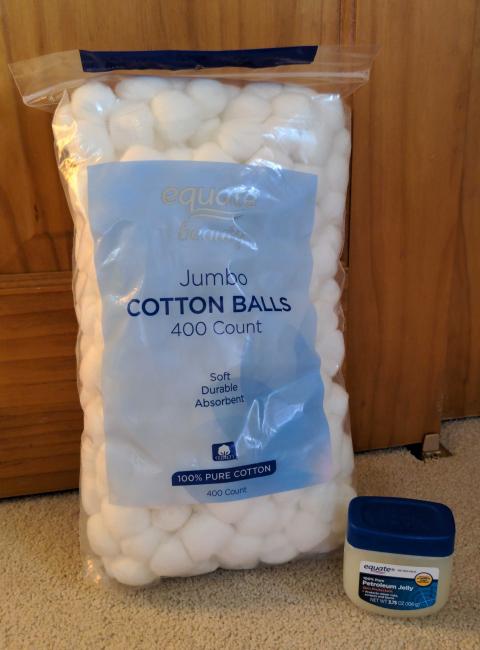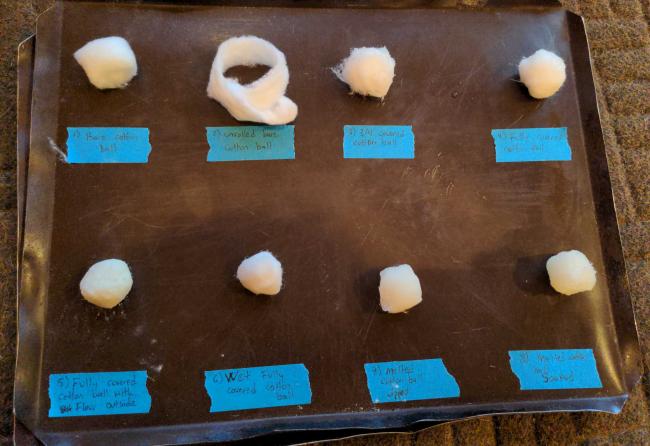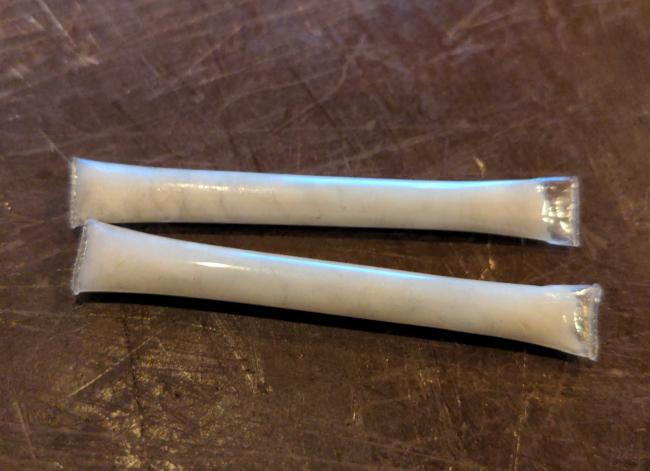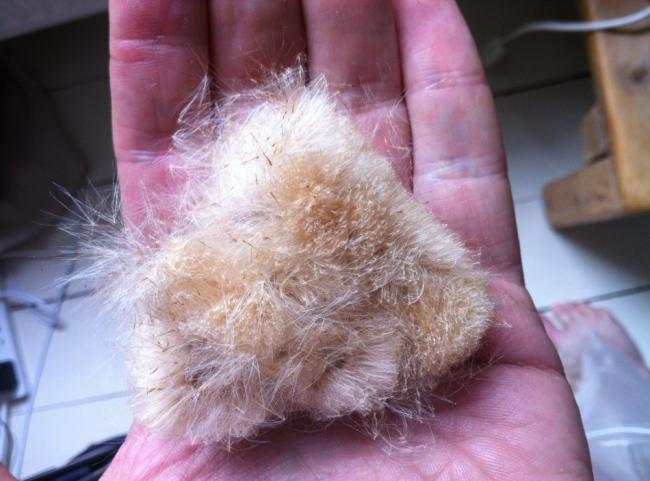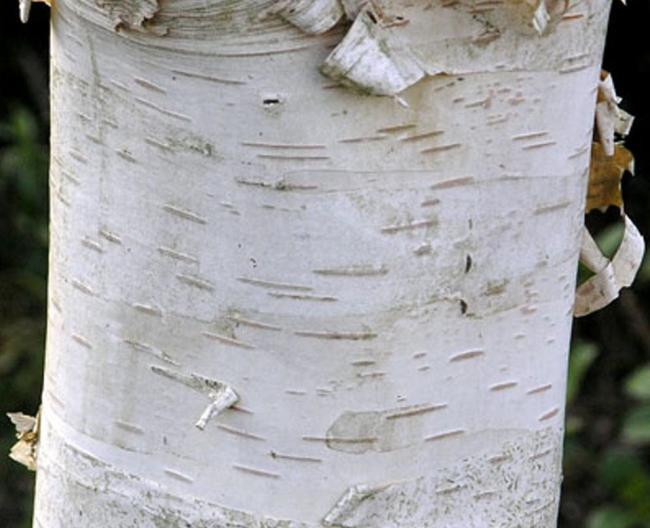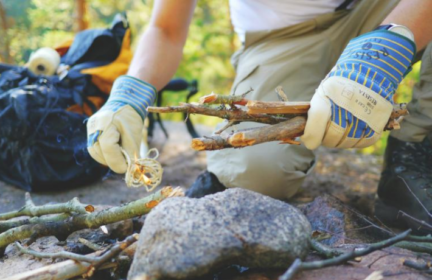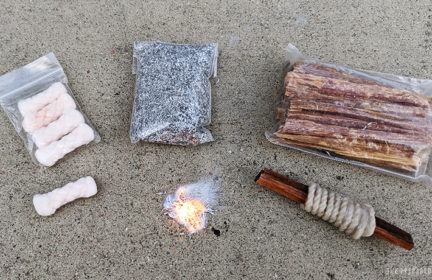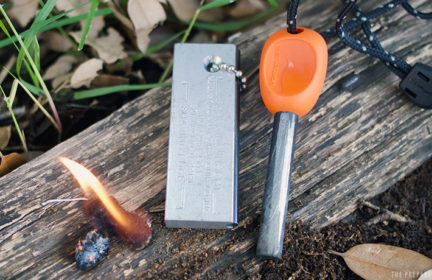Testing 8 methods to make the best cotton ball and vaseline fire starter
Last year I saw a forum post by Matt Black about a new way to combine vaseline and cotton balls to make an even longer lasting fire starter. His post encouraged me to test my own DIY fire starters and I found out that they all were pretty much garbage and useless. Over a year later I finally am going to take the time to get some decent fire starters for my kits.
I wanted to test out various methods of creating vaseline cotton balls that I have seen online and find out what would be the best method for my long term strategy.
Here’s the various methods I wanted to test. As you read this, place your bets on what method you think will be the best and then read the results and see if you were right.
#1- A bare cotton ball straight from the pack.
#2- A bare cotton ball that has been unrolled to create more surface area.
#3- A cotton ball that had petroleum jelly smeared over ¾ of the ball. The thought process here is that the uncovered ¼ would give you a clean area to grab and a place to catch a spark.
#4- A cotton ball that had petroleum jelly smeared over the entire ball.
#5- A cotton ball that had petroleum jelly smeared over the entire ball and then was dipped into a bowl of flour to prevent the outside from getting all vaseliney, making it cleaner to handle.
#6- A cotton ball that had petroleum jelly smeared over the entire ball and then was dunked under water to see the waterproof ability of this fire starting method.
#7- Following the strategy of Matt Black and melting petroleum jelly and then dipping the cotton ball briefly into the jar of melted vaseline.
#8- Same as #7, but instead of a quick dunk this one was completely soaked until it could no longer hold any petroleum jelly.
I went outside with this tray of cotton balls and used a ferro rod to try and light them. It was a fairly windy day so the cotton balls were really put to the test on their ability. I started a timer once the cotton ball caught flame and then stopped it when the flame was entirely extinguished. + or – 5 seconds to each time below due to human ability of having to strike the fire and then move my hand to my watch to start the timer.
Here are the results:
#1- Bare cotton ball – took 5 strikes of the ferro rod to catch it on fire. It burned for 30 seconds
#2- Unraveled bare cotton ball – took 5 strikes of the ferro rod to catch it on fire. It burned for 30 seconds.
#3- ¾ covered ball – took 3 strikes to light and burned for 3 minutes.
#4- Fully covered ball – Couldn’t get started after 10 strikes. Opened up the ball and exposed the dry cotton inside which then caught a spark. Burned for 3:45 minutes.
#5- Flour covered ball – The flour did help keep from sticking to fingers but after 10 strikes it wouldn’t light. Had to open it up and my fingers got all petroleum jellyish anyways. So flouring your cotton balls didn’t help much after all. The burning flour didn’t smell good, but the cotton ball dipped in flour lasted for 4 minutes.
#6- Wet vaseline ball – Poured an entire 12oz water bottle over it. Was too wet and wouldn’t light even when opened up and held over a flame of a lighter for 10 seconds. This shows that the vaseline doesn’t make these waterproof and you need to keep your tinder dry.
#7- Ball quickly dipped into melted vaseline – By far the best by a long shot! It wouldn’t catch a spark from a ferro rod until it was opened up and exposed to the dry cotton inside but once it caught, it burned incredibly strongly and brightly for 9 minutes! Even if you don’t need the full 9 minutes of burn time, the force and strength of the flame was 4X that of the #4 fully covered ball.
#8- Ball completely soaked into melted vaseline – Vaseline will not light if held to an open flame, making it a very safe fire starting method. #8 was so completely soaked through that it was more petroleum jelly than it was cotton ball. Even being held over the raging flame of cotton ball #7 for 10 seconds, #8 would not light at all. If your cotton balls become too soaked, they will not work.
The clear winner was #7, the ball quickly dipped into melted vaseline.
To melt the vaseline, I used Matt Black’s double boiler method. I placed a used and cleaned out soup can into a pot of boiling water and scooped a couple spoonfuls of vaseline into it. I placed the quickly dipped cotton balls onto a sheet of wax paper to allow them to dry and harden back to room temperature. Another benefit of this quick dip method is that the cotton balls are actually less sticky than ones where you just smear it on the outside, which is a complaint people have about making these.
I used about ⅓ of the 3.75oz container of vaseline to run all of the above tests, with a majority of that third going to the melted vaseline balls #7 and #8. Doing this melting method isn’t the most “fuel efficient” and uses more vaseline, but it does produce significantly better results. The jar of vaseline was $1 and the 400 jumbo cotton balls were $2. This is an extremely cheap fire starting method and I highly recommend taking the extra time to melt the vaseline and quickly dip the cotton balls in it.
How do you store your vaseline cotton balls?
Many people recommend using old prescription pill bottles but I like using small snack sized ziploc bags. It allows for a lighter, more compressed storage, and even more waterproof than a pill bottle.
Another idea I had was to unroll a cotton ball into a strip, like #2, and smear the cotton strip with vaseline. I then cut up a clear drinking straw, crimped the end and sealed it with a lick of a lighter. ½ of a vaseline coated cotton ball is able to fit inside of a ⅓ straw. I thought this method would be nice to throw in an EDC pouch or have a very small fire starter anywhere you want. The straw keeps it waterproof and protected.
Hope this all was helpful to someone.
-
Comments (34)
-
